What are some best practices in science education? Get an easy project in science to do using ordinary household materials. Such homemade easy science projects fit home school education in science. They also work in school science laboratory experiments and science fun for everyone.
The easy projects for fun science education
- Diet soda and Mentos fountain
It would help if you had a bottle of diet soda and a roll of mentos candies to prepare a shooting soda fountain in the air. The project is outdoor and works with all soda with an easy clean-up when you use diet drinks.
- Slime science
There are numerous ways to produce slime. You can opt to make a recipe collection to create slime using the materials available at hand. The project is facile enough that even small kids will make slime.
- Simple unseen ink project
You can write a confidential message and expose it to science. There are numerous simple, secret ink recipes that you can try out. You can use baking soda, lemon juice, and corn starch.
- Baking soda and vinegar volcano
The volcano is a chemical and a famous project. It’s simple and produces reliable results. Essential ingredients to make this volcano type are vinegar and baking soda. These ingredients are right in your kitchen.
- Science education project with a lava lamp
The model of the lava lamp you will buy at any store involves some complex but simple chemistry. Luckily, a simple version of this project exists. The version uses nonpoisonous household ingredients that you can use to make it.
- Ivory soap in a microwave
You can microwave Ivory soap as a simple science project. The specific soap has air bubbles and expands when you heat this soap to turn to make this form produce a form. The soap composition remains intact and unchanged, and it’s safe for use as a bar of bar soap.
- Chicken bones and rubber eggs project
Vinegar will react with calcium components present in chicken bones and an eggshell. It will enable you to make bendable bones or rubbery chicken eggs.
The treated chicken egg can bounce like a ball. It’s a simple project that produces consistent results. The project is perfect for any first grader.
- Easy crystal science plan
You can do a dun project in science by growing crystals. It’s hard to produce some crystals, but you can find some which are easy to grow. Examples of the easy ones include easy alum, borax snowflakes, and copper sulfate.
- The simple no-cook bomb
The bomb has traditional recipes that need two cooking chemicals on a stove. The simple version doesn’t need any cooking.
The smoke bomb needs adult supervision in lighting. Even though the project is simple, handle it with care.
- Fun density column
You can lay out the chemicals in your household in any glass to make an attractive density column. Pour the fresh layer slowly on the spoon back above the previous liquid layer.
- The chemical shade wheels
It’s a simple and much fun project to learn how detergents toil by washing dishes. Add a few food colorings drops in milk. You can add some detergent to have swirling colors.
- The bubble fingerprints
Capture the bubble’s impression through coloring them using paint and pressing on paper. The project is educational, and it’s an exciting art.
- The water fireworks
You can explore miscibility and diffusion using oil, food coloring, and water. Fire isn’t necessary, but the fireworks spread in water like a pyrotechnic.
Conclusion
Science is an easy subject to learn. Get the household materials and access fun science experiments to try. They are also educational.

